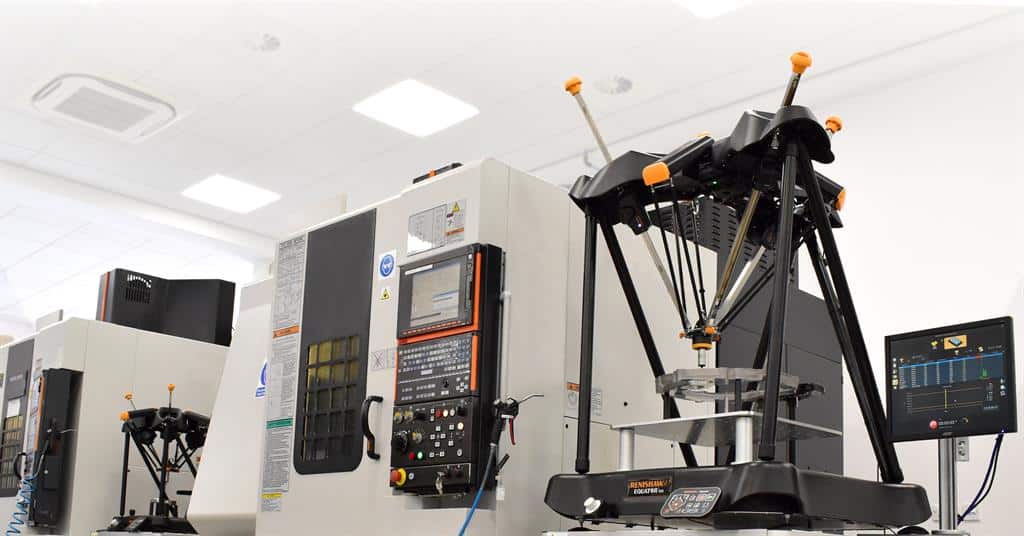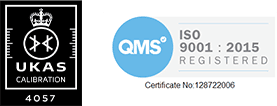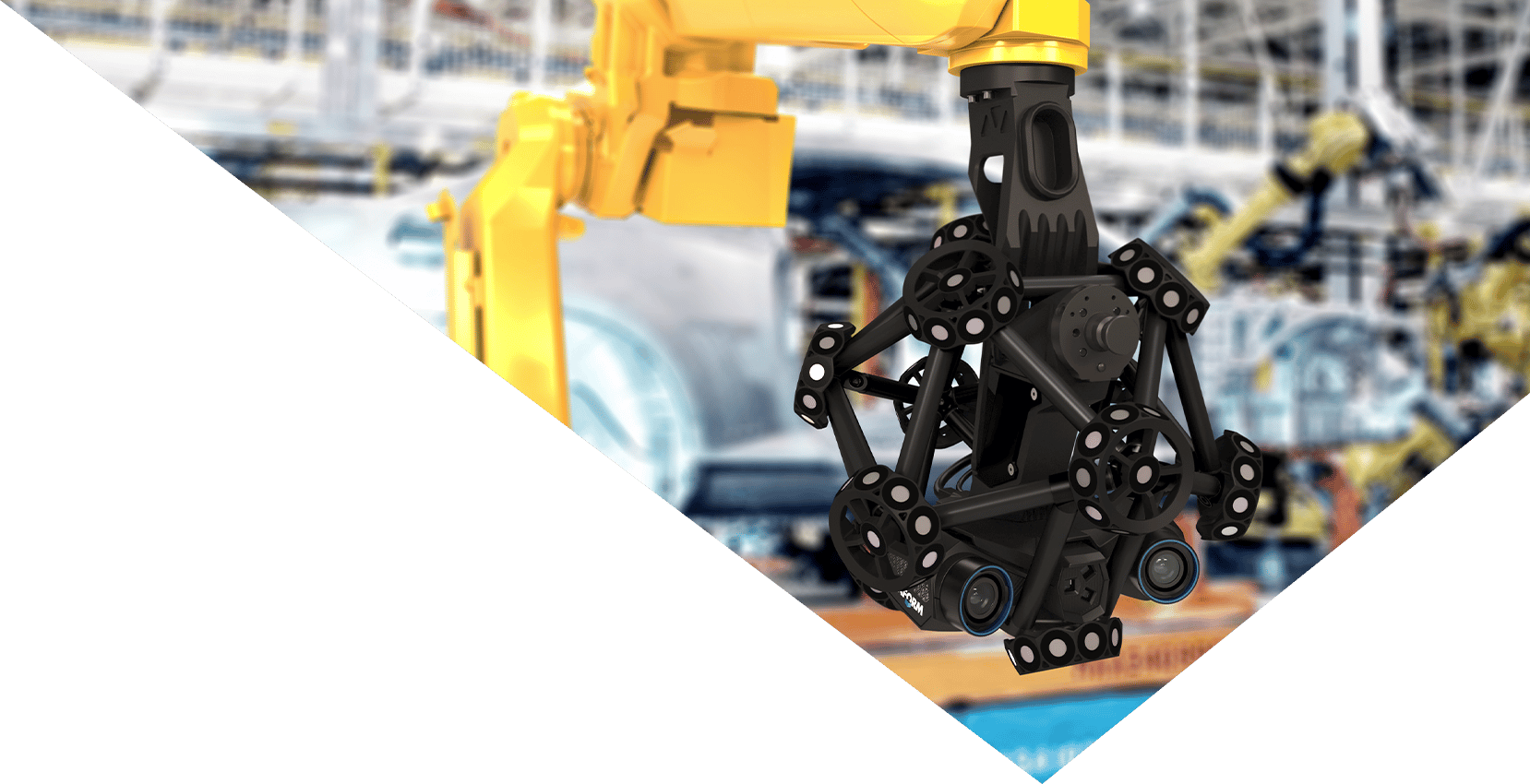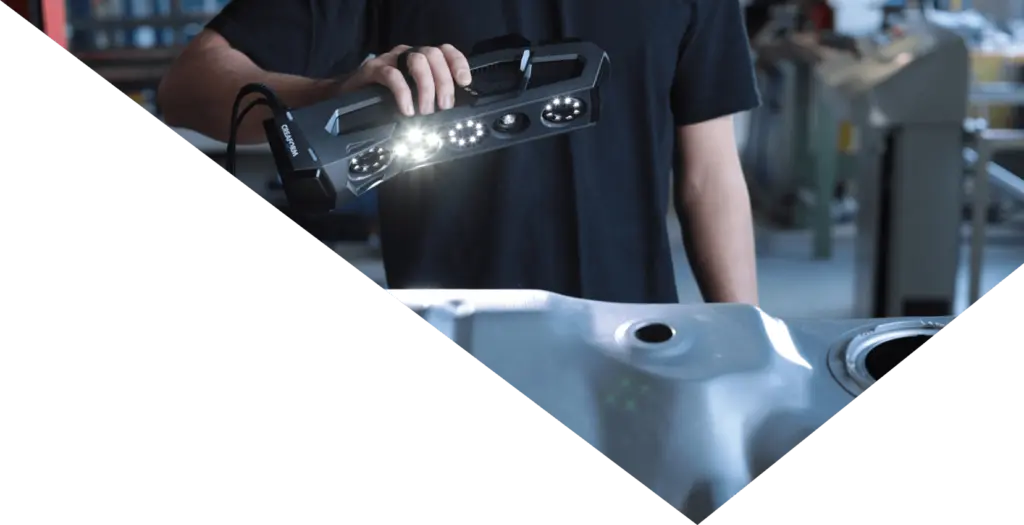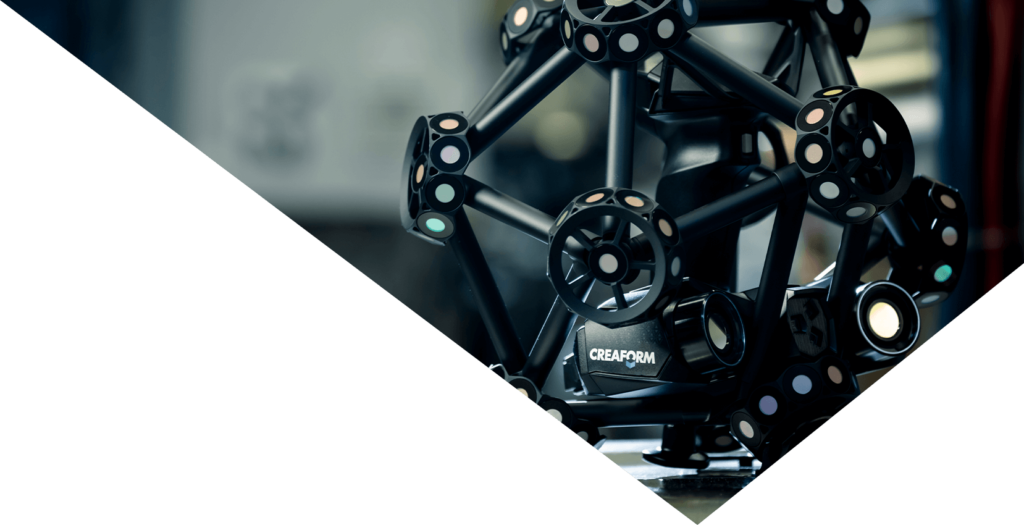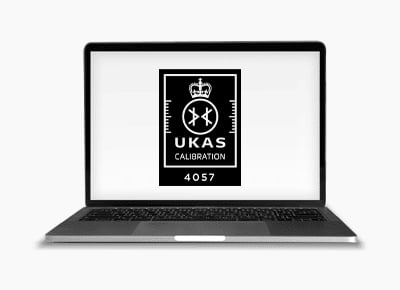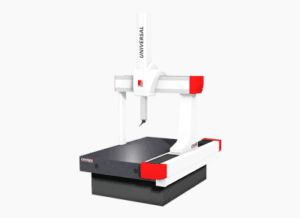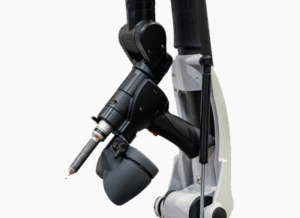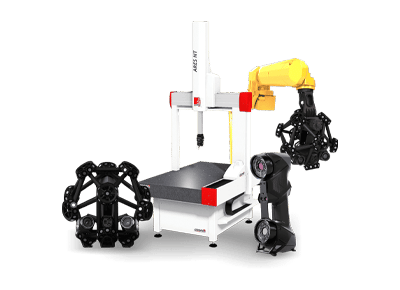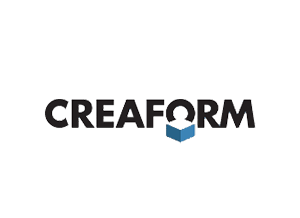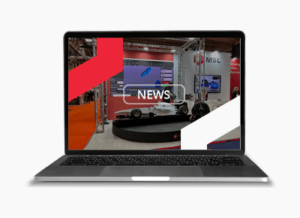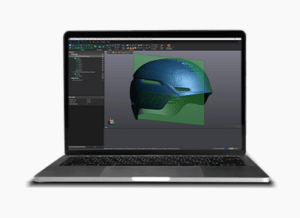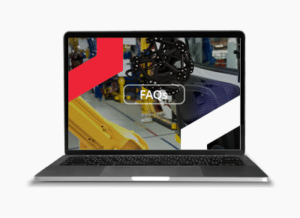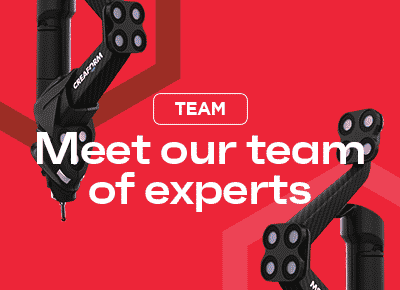The Renishaw Equator™ for Measurement and Inspection
When it comes to inspection and measurement in the manufacturing industry, accuracy is crucial. Any deviations or errors can result in costly rework or even product recalls. That’s why the Renishaw Equator™ is a game-changer. This flexible gauge system offers high-speed, comparative gauging for precise inspection and quality control of manufactured parts.
Let’s look at how the Renishaw Equator™ can help you achieve greater accuracy in your production processes.
This innovative system offers significant time and cost savings compared to traditional gauging methods, making it ideal for small-scale production and high-volume manufacturing environments.
Equator Systems are the gold standard in comparative gauging and inspection for medium to high-volume manufactured parts. Their patented, low-cost design and unique construction and method of operation make them the go-to solution for thousands of production engineers.
Harness the system’s flexibility and configure it to your needs with hardware, software and accessory options for both manual and automated operations. Experience real-time adjustments and rapid setup, allowing you to rapidly switch between different parts and measurement configurations – reducing downtime and increasing productivity.
Gather detailed data and useful analysis tools for process optimisation, enabling you to make informed decisions to enhance the manufacturing process. The Renishaw Equator is an essential, precision tool for industries such as automotive, aerospace, electronics, and medical device manufacturing.
Discover the Benefits of Equator Gauging
Reduce scrap and expenses associated with it: The Equator gauge’s speed and process control capabilities enable customers to move from sample inspection to 100% inspection of parts quickly and efficiently, significantly improving process capability and reducing scrap costs. The Process Monitor function also gives operators visual cues to respond to in real-time to make sure scrap is avoided.
Minimise bottlenecks: CMMs are often located in temperature-controlled rooms, and queues for part inspection can cause delays in production. The Equator gauge’s versatility and speed of operation allow operators to save time by gauging parts directly on the shop floor, with no need for costly temperature control.
Easily automated: The Equator EZ-IO kit is designed for automation integrators and provides easily configured communications between the system and equipment in automated work cells. The integrated robotic arm or shuttle system can quickly load parts for gauging.
Thermally ‘insensitive’: The Equator gauge’s innovative technology is based on the traditional comparison of production parts to a reference master part. This allows for swift re-mastering and immediate compensation for any thermal effects, so parts can be gauged in any environment.
Versatile: The Equator system’s Organiser™ software allows operators to quickly switch from one part to another, making it the perfect solution for applications with different parts produced in batches. Fixturing can also be quickly changed using repeatable fixtures and plates.
Lower cost of ownership: Replacing manual measurement with an automated Equator gauging system can greatly increase throughput while reducing labour costs. The systems are also reprogrammable and so do not require expensive rework for modified or new parts.
The role of the Renishaw Equator™ on the shop floor
For decades, manufacturers have been using gauges to control processes on the shop floor, such as sets of callipers, go/no-go gauges, and bore gauges. However, with advances in manufacturing, the need for more efficient process control methods has increased.
The Renishaw Equator™ is the perfect solution for this need, designed to provide speed, repeatability, and ease of use for both manual and automated applications. Hundreds of manufacturers worldwide have already replaced their current gauging methods with Equator systems, and with the right setup and ongoing management, it could be the perfect fit for your shop floor.
When incorporated into an automated cell, the Equator system can deliver all the benefits of a standalone system with the added benefit of error-free connection to robots and controllers, while providing offset feedback directly to the machine tool controllers and allowing parts to be sorted based on whether they pass or fail inspection.
As a standalone system, the Equator enables measurement of all critical features on one device, allowing for in-process corrections to be made manually or automatically after key manufacturing operations, as well as increased frequency of inspection and rapid reaction to process variation.
Our partnership with Renishaw and Metrologic Group enables us to provide the perfect combination of Metrolog X4 and the Renishaw Equator: thanks to 5-axis technology and the intuitive programming of Metrologic Group software, manufacturers can increase their CMM productivity with unmatched speed and precision, while reducing scrap and improving part quality. With Metrolog X4, you also have the ability to create programs for the Equator on an existing CMM and transfer the file to it or probe it locally using master gauges.
A step-by-step guide to using the Renishaw Equator™ on the shop floor
For optimal productivity and quality assurance, the Renishaw Equator™ should be integrated into your shop floor operations.
To ensure a seamless integration, here’s a step-by-step guide to using the Equator:
- Assess Your Requirements: Carefully identify the parts and components that need to be measured and determine the desired level of precision and quality standards.
- Installation and Calibration: Install the system in a suitable location and calibrate it according to the manufacturer’s guidelines to ensure accurate measurements.
- Part Programming: Develop measurement programs for each type of part and program the Equator with the necessary measurement routines, tolerances, and specifications.
- Fixture Design and Setup: Design and set up fixtures or work-holding devices if necessary for stable measurements.
- Training: Train operators and technicians responsible for operating the Equator system. Ensure they understand how to load parts, initiate measurements, and interpret results.
- Integration with Manufacturing Processes: Connect the Equator to other machines or systems for automated measurement and feedback loops and set protocols for when and how measurements will be taken.
- Routine Maintenance: Establish a regular maintenance schedule and calibrate the system periodically to maintain accuracy.
- Data Management: Set up a system for managing measurement data and implement protocols for data backup and security.
- Continuous Improvement: Analyse the measurement data to identify areas for process improvement and use the insights to optimise your manufacturing processes.
- Compliance and Documentation: Ensure that the measurement data collected complies with industry standards and regulations and maintain documentation of measurements and inspection results.
- Feedback Loop: Establish a feedback loop between the Equator system and your production processes to make real-time adjustments.
- Regular Training and Updates: Keep operators and technicians updated with training sessions and the latest software upgrades and firmware updates provided by Renishaw.
By following these steps, you can leverage the Equator’s capabilities to enhance productivity, ensure quality, and optimise your manufacturing processes.

Who can benefit from the Renishaw Equator™?
As you have learnt the Renishaw Equator™ is an incredibly versatile gauging system with a broad range of uses. From automotive and aerospace industries to medical device manufacturing, and even tool & die making, its precision and adaptability make it invaluable across a variety of scenarios.
In automotive manufacturing, the Equator is used to measure components in the production line, ensuring all parts are compliant with specifications and tolerances.
Aerospace and Defence components are equally complex, and the Equator is invaluable for measuring turbine blades, aircraft structures, and other critical parts for optimum performance and safety.
The Equator is also perfect for medical device manufacturing, providing precision measurements for implants and instruments. In electronics manufacturing, it measures small components with high accuracy, making sure all parts meet the strict requirements.
It can also be used for general manufacturing, measuring machined parts, moulded components, and fabricated assemblies to strict tolerances. For job shops and contract manufacturing, its adaptability is perfect for a variety of applications without the need for specialised measurement equipment.
In addition, it’s ideal for calibrating and verifying machine tools, and for research and development to measure prototypes and experimental components. Plastics and injection moulding as well as metal fabrication are other industries where the Equator can be used to measure components and assemblies, by checking they meet quality standards.
To summarise, the Renishaw Equator™ is an impressive gauging system that is suitable wherever high-precision measurements and quality control are essential.
If you have found this article of interest, then we would suggest that you look through our other material here. If you would like to find out more about any of our Renishaw products, you can either contact us or book a demo.
